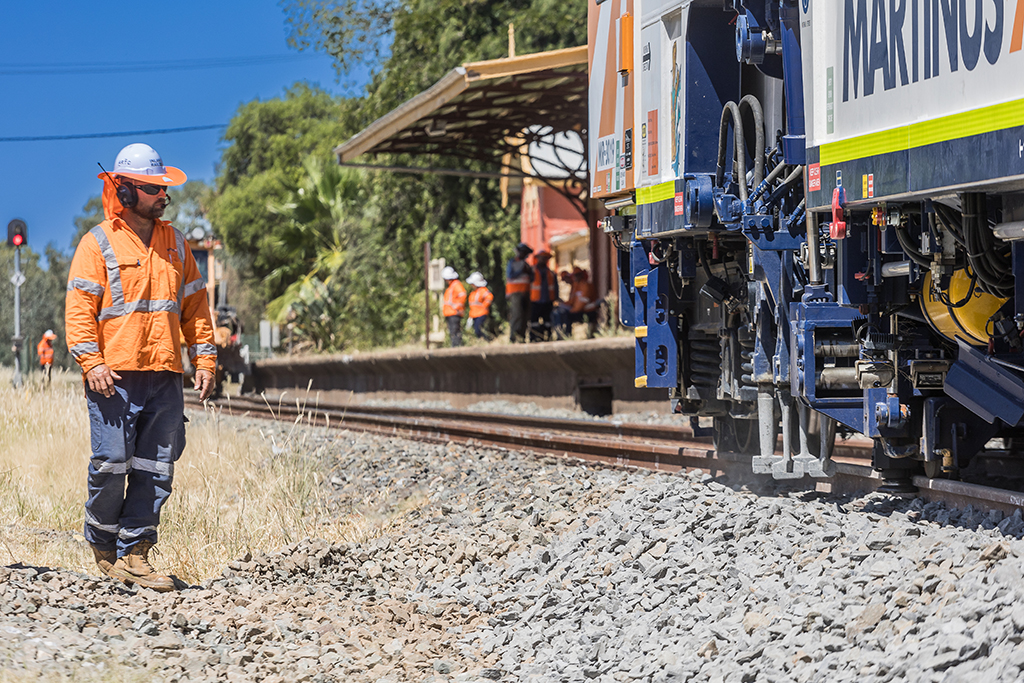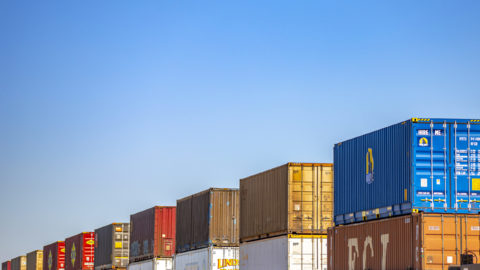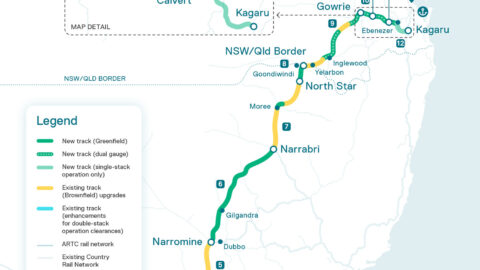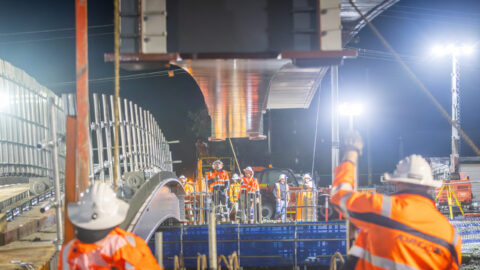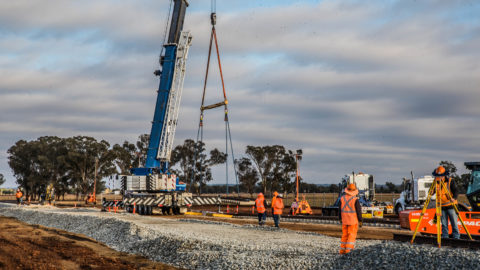A track slew is the process of moving railway tracks sideways to a new position within the rail corridor. This realignment is often needed to provide more space between tracks and improve safety and efficiency.
For Inland Rail, track slews are crucial to meeting clearance requirements for double-stack freight trains. These trains carry two shipping containers stacked on top of each other, so they need extra room—both vertically and horizontally—to travel safely. By widening the rail footprint within the corridor, track slews help create a more efficient and future-ready rail network, supporting essential rail corridor upgrades.
How is track slewing done?
Track slewing involves unclipping and cutting of the existing rail track, moving the track horizontally and rebuilding the relocated rail sections.
Track slewing is carefully planned and carried out using specialised rail construction equipment to gradually shift tracks into their new position. This process ensures the rail network meets clearance and alignment requirements without needing a full track rebuild.
Track slewing typically takes place during scheduled track possessions, when a section of the railway is temporarily closed to allow safe construction work. This helps minimise disruptions to train operations while crews complete the necessary adjustments.
To learn more about track possessions and why they’re essential for rail construction, check out our article: What is a Track Possession?
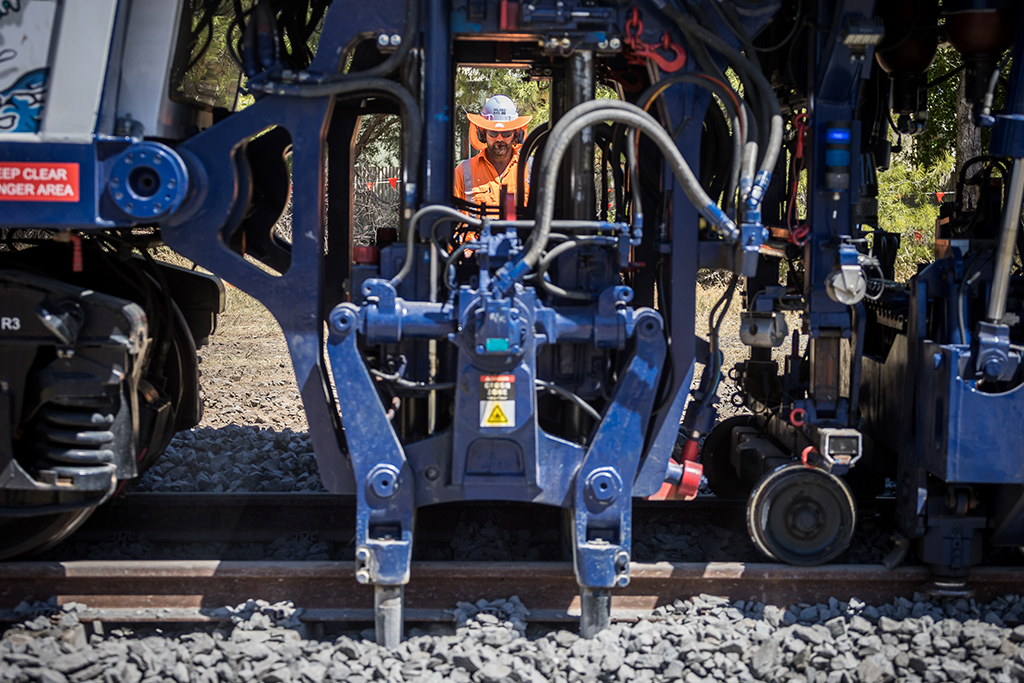
Why are track slews important?
Track slews are an essential part of upgrading existing rail networks. They help to:
Ensure safe clearance for double-stack freight trains
Improve track alignment to enhance efficiency
Minimise disruptions by shifting existing tracks without requiring a full replacement
Prepare the network for the future, allowing more freight to be carried.
Track slews and Inland Rail construction
As part of Inland Rail construction, track slews are taking place at key locations to support new infrastructure such as bridges, underpasses, and crossing loops. These adjustments help create a seamless connection between existing rail lines and new upgrades.
With Inland Rail set to transform freight movement across Australia, track slews will continue to play a key role in building a more efficient and reliable railway. By carefully shifting tracks where needed, engineers can future-proof the network while keeping disruptions to a minimum.
